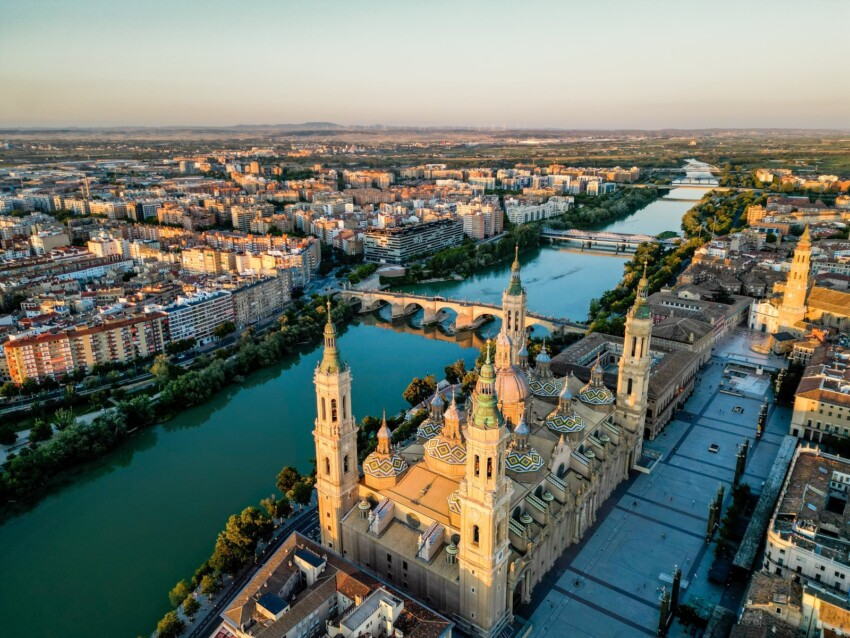

An ancient city founded by none other than the Roman Emperor Caesar Augustus, Zaragoza is located halfway between Madrid and Barcelona and is the fifth largest city in Spain and the fourth largest in terms of economic development.
But it is not the numbers that make the capital of the Aragon region in north-eastern Spain worth a visit: it is its unique mix of architectural styles, the legacy of the different cultures and peoples that have succeeded one another here: Romans, Muslims, Jews, Christians…
The splendid buildings of the past have been joined in total harmony by the new constructions of modern Zaragoza, many of them built for the International Exhibition in 2008, an event that brought the city back into the international spotlight.
Perhaps still little known to tourists considering its size and importance, Zaragoza is a city to discover, inviting you to relaxing walks. Be captivated by its magnificent palaces reflected in the waters of the Ebro river that bisects the city.
Strolling around Zaragoza is really pleasant: the historic centre is entirely flat, with numerous tree-lined avenues, wide streets, pedestrian areas and a charming riverfront. You will be amazed by the mixture of the most diverse architectural styles that will appear before your eyes, evidence of the city’s millennial history: Roman remains, Arabian buildings, Baroque gems, ultra-modern constructions…
Here are the attractions not to be missed in Zaragoza.
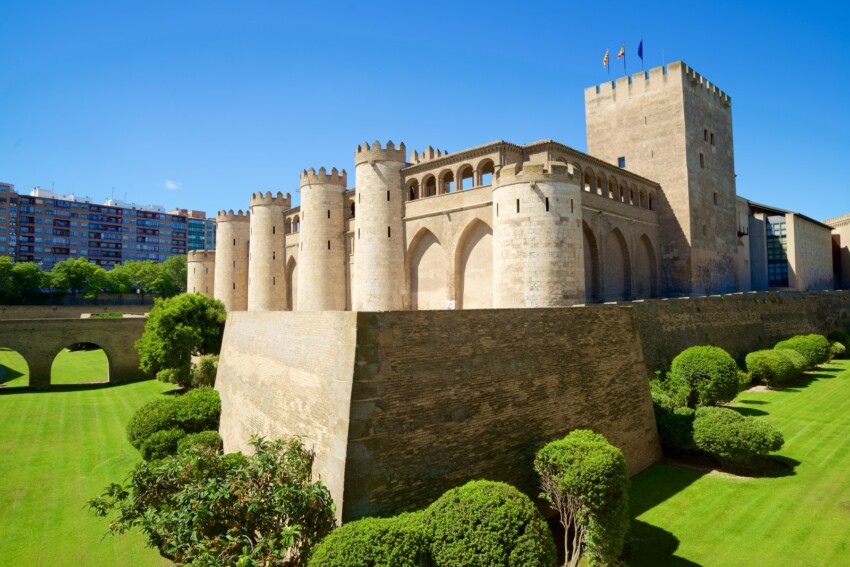
The jewel of tourism in Zaragoza, the Aljafería is the most beautiful Islamic palace in Spain outside Andalusia. It is a fairy-tale palace built in the 11th century as the sumptuous residence of the then Islamic governors of the region and fell into disuse in the 15th century, when the Catholic kings Fernando and Isabella built their own palace nearby.
The subject of a major restoration a few decades ago, it has been the seat of the regional government since 1987 and is only open to the public with a guided tour.
The interior is a riot of horseshoe arches, inner courtyards, patios, prayer niches, Mudejar-style decoration with floral motifs and Arabic inscriptions: a true marvel!
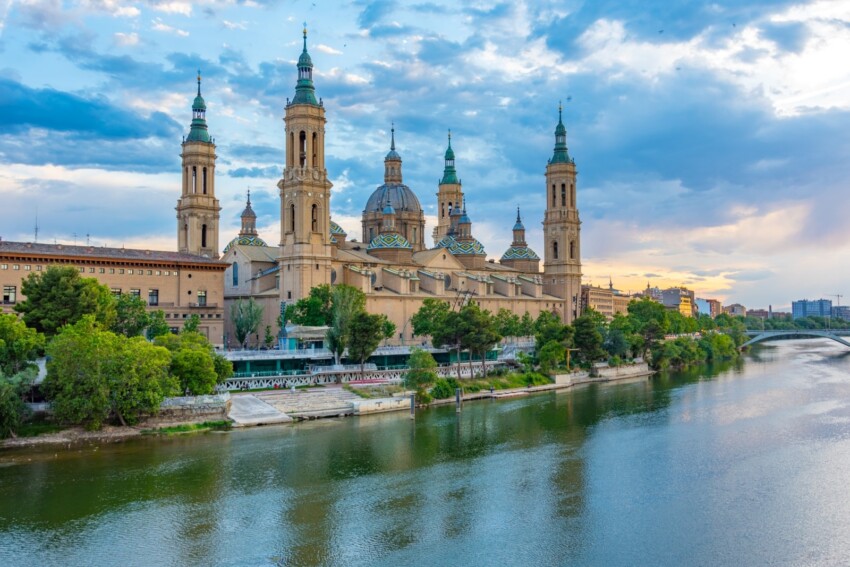
Nothing can prepare you for the grandeur and splendour of the Basilica de Nuestra Señora de Pilar, the church that dominates the city of Zaragoza with its towers and its monumental dome, to which ten smaller domes, all covered with multi-coloured tiles forming an arabesque-style decoration, are a corollary.
The original core of the basilica is a small chapel built around the marble pillar where the Virgin Mary descended in vision to Santiago in the 1st century AD. To this humble chapel were added gradually larger and richly decorated churches over the centuries, producing the magnificent complex we can admire today.
A lift will take you comfortably to the top of the northern tower, from where you can enjoy a splendid view of the city, while visiting the church you can see the pillar of the Marian legend (kissed by countless popes, mothers eager to have their babies blessed and curious tourists) and the basilica’s artistic masterpiece, an alabaster altarpiece dating back to the 16th century, the work of Damián Forment.
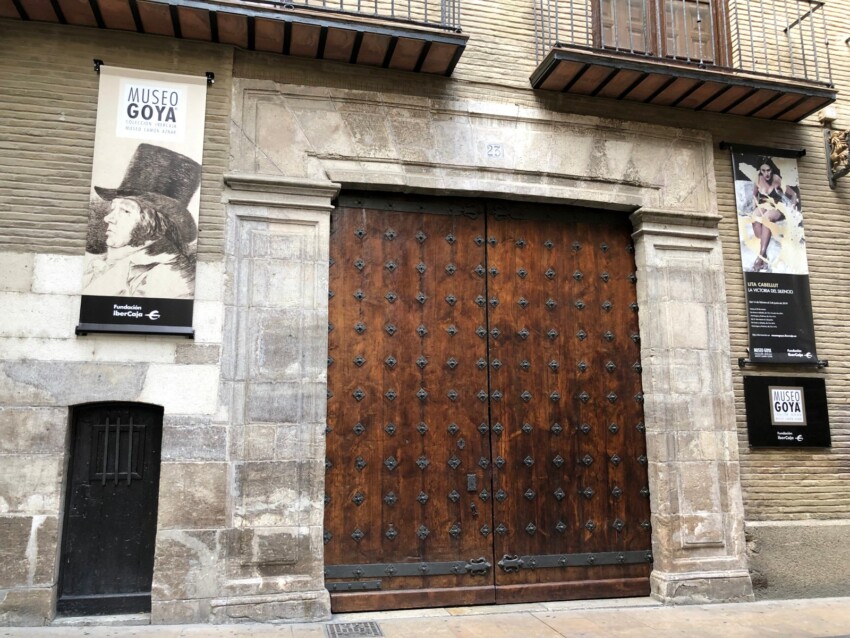
Only the Prado Museum in Madrid can boast a more prestigious collection of Goya paintings. Outside of that, it is the Goya Museum in Zaragoza that boasts the most valuable collection of works by one of the most appreciated Spanish artists of all time, who was born in Fuentetodos, a small village not far from here.
The museum is arranged on three floors and the different sections are dedicated to the artistic currents and historical context that influenced Goya’s works, his paintings and prints, and the works of his followers and imitators.
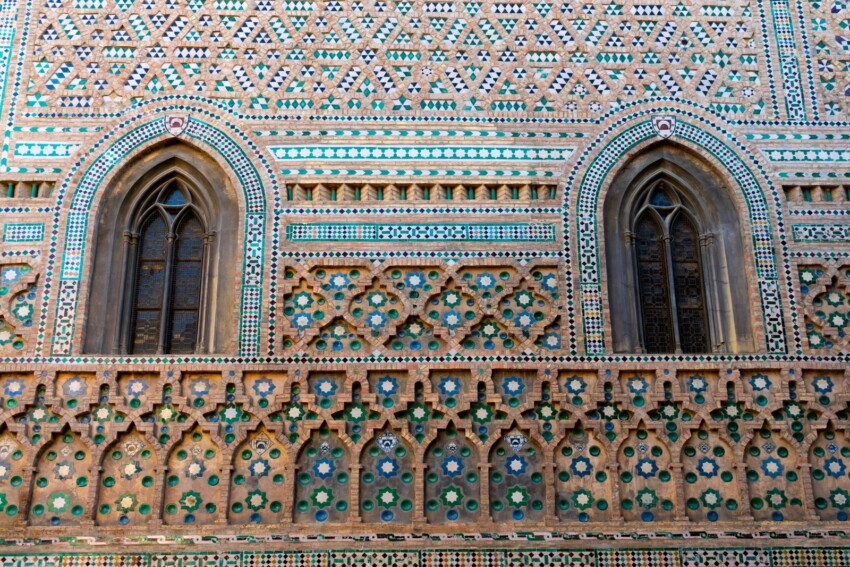
The Seo is a magnificent cathedral built on the site of an old mosque from the Muslim era and combines Romanesque, Baroque and Mudejar elements in a wonderful fusion.
The cathedral ticket also includes admission to the fascinating Tapestry Museum, a collection of Flemish and French tapestries from the 14th to the 17th century.
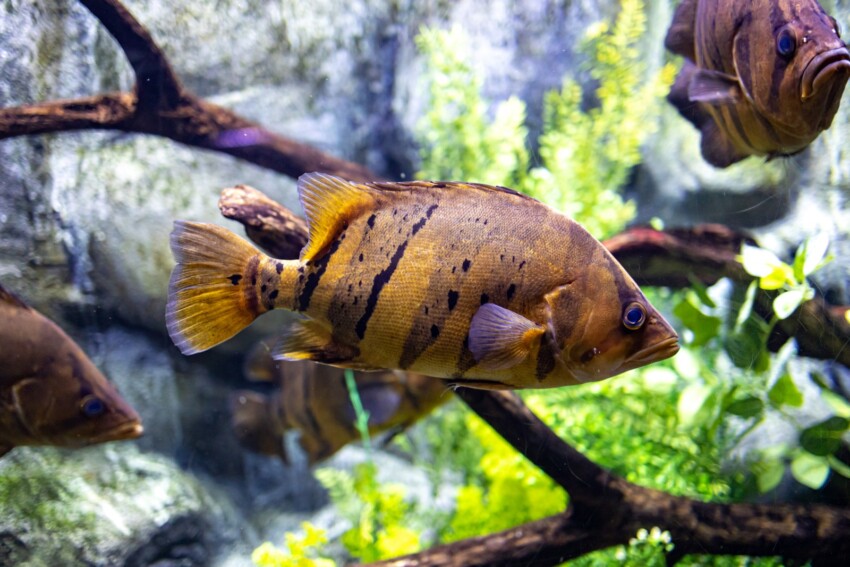
A must-see attraction for those travelling with children – but not only – is the Zaragoza Aquarium, which differs from the aquariums you can visit in many other cities because it specialises in the river environment.
Here too you can admire fish, reptiles and plants but in a river setting instead of the typical tropical settings of the more touristy aquariums. Appropriately located along the banks of the river Ebro, it is the largest of its kind in Europe and one of the largest in the world.
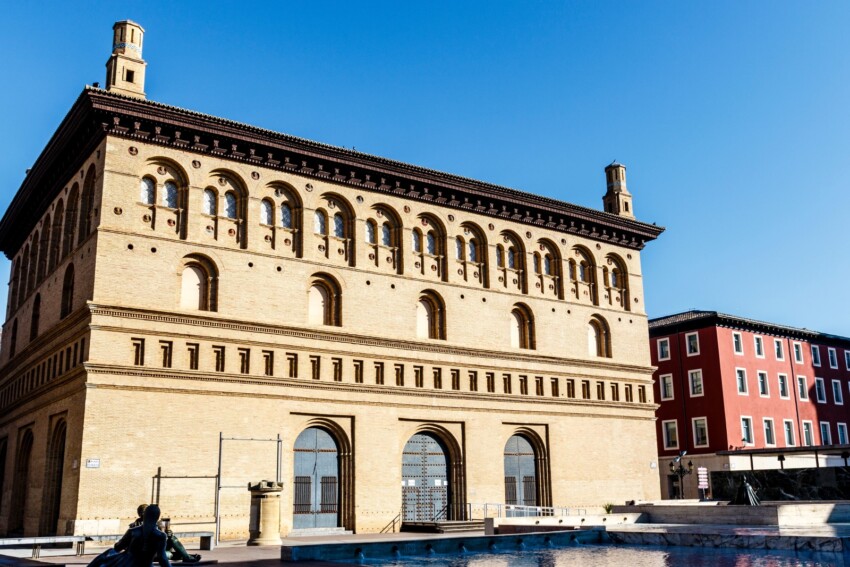
If you are passionate about art, history and culture, we recommend other museums to visit during your holiday in Zaragoza:
In the following map you can see the location of the main places of interest mentioned in this article.
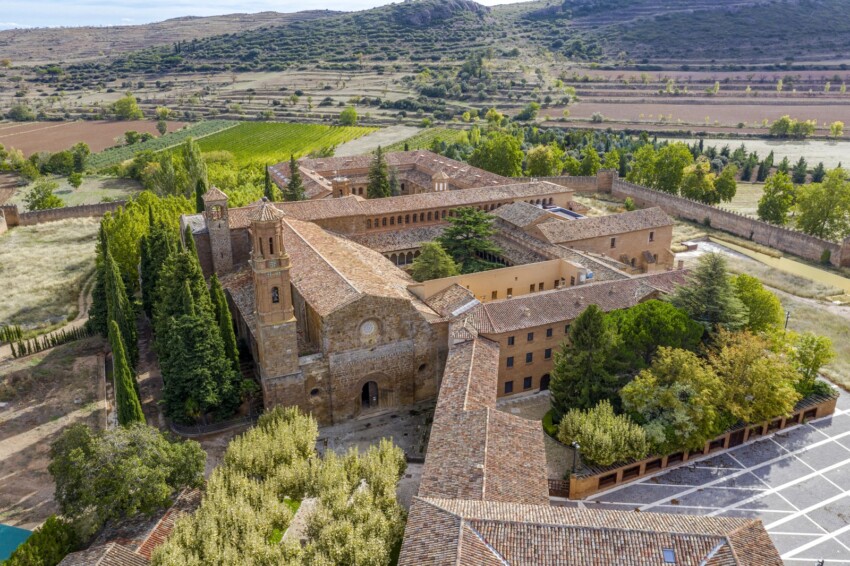
Zaragoza’s strategic location makes it easy to explore Aragon. Hiring a car is recommended for maximum flexibility.
The Monastery of Veruela, 80 km from Zaragoza, is an impressive 12th-century Cistercian complex located at the foot of the Moncayo. The monastery houses a wine museum and offers guided tours to discover Gothic architecture and medieval monastic life.
The abandoned village of Belchite, 50 km from the city, is a poignant testimony to the Spanish Civil War. The ruins of the old village, preserved as a memorial, offer guided tours that tell the story of the conflict.
Calatayud, 90 km from Zaragoza, is famous for its Mudejar heritage, in particular the Collegiate Church of Santa María. The town is also an excellent starting point for exploring the Calatayud D.O. wine region.
The Moncayo Natural Park, about 90 km from the city, offers excellent opportunities for hiking and nature observation. The Moncayo mountain, the highest in the Iberian System, offers spectacular views and diverse ecosystems to explore.
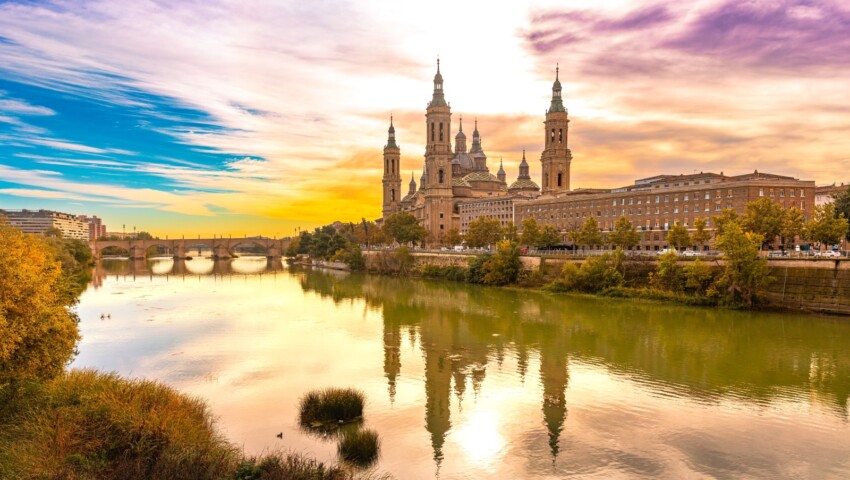
In the city of Zaragoza, the choice of hotels and b&b‘ s is good in all price ranges, so it will not be difficult for you to find a solution that suits your needs.
The Tubo district is an area full of restaurants and bars, perfect for those who also want to go out in the evening. The Central Market area in the historical centre is the nightlife area, with the chicest clubs concentrated in Francisco de Vitoria, San Vicente Mártir and Cesáreo Alierta streets. The San Pedro Nolasco and Santa Cruz squares are popular in summer for their open-air bars.
These are the liveliest areas during the night, to be chosen or avoided depending on the type of holiday you want to take! Sleeping in the centre is in any case recommended: as prices in Zaragoza are not particularly expensive, take advantage of this to have all the most famous attractions close at hand, without wasting too much time travelling.
The easiest way to get to Zaragoza is to take a direct flight from various European cities. Alternatively, you can fly to Barcelona or Madrid and reach Zaragoza by rental car, bus or train.
If you are already in Spain and have rented a car, you can reach Zaragoza by taking the toll motorway from Madrid, Huesca, Teruel and Valencia or the free highway from Barcelona, Bilbao and Pamplona.
Those who prefer to travel by public transport will find good connections, with direct trains and buses to/from all major locations in Spain.
What's the weather at Zaragoza? Below are the temperatures and the weather forecast at Zaragoza for the next few days.